

All your spots with indirect light taken up already? Good news: there are quite a few houseplants that can take on direct sunlight and still thrive! Let’s have a look around and help you find that perfect “full sun” indoor plant.
Most indoor plants come from tropical and sub-tropical regions of the planet. They’re used to warm temperatures and don’t like freezing at all. Native to moist jungles and forests, usually the air around them is loaded with moisture and water. They often grow in the shade of tall trees, benefiting from dappled light but not direct sun. Ficus, Philodendron monstera and Pilea are among the plants that like this kind of setting. In our homes, they find warmth and shade. But direct sunlight? Not for them!
So, instead, here are a few houseplants that cope great with direct sun, especially indoors!
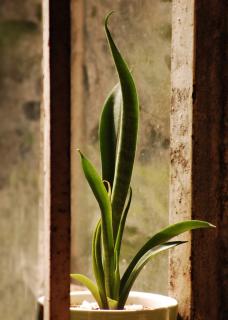
With white or yellow edges, sometimes green all over and sometimes striped, they’re sure to catch the eye.
Well-drained substrate and a spot in full sun are the keys to growing them well.
Watch out for unheated lean-ins: Sansevieria is only hardy down to 55°F (13°C), any colder and it’ll suffer.
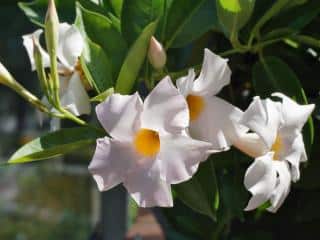
This beautiful climber will fit right in a greenhouse or lean-in. It supports growing in pots quite well, and if you can bring it outdoors over the summertime it’ll bloom even more. Rich, light and well drained soil mix is the perfect option for it to thrive.
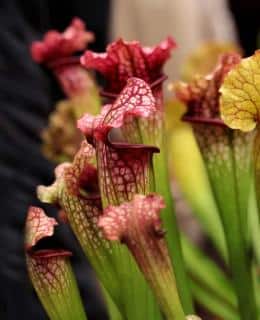
It grows in the wild in peat bogs. That’s why growing it in a blend of sand and peat soil is best. Remember to water it very often so that the substrate stays moist. You can also place the pot atop a saucer filled with clay pebbles doused in water: this recreates a high-moisture atmosphere around the plant.
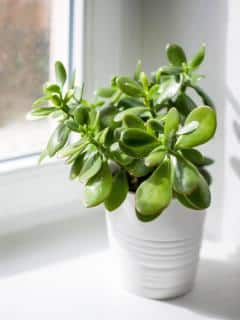
The plump leaves take on many different shapes depending on the variety, giving it a wide ornamental range. Twisted back for Crassula perfoliata, short fuzzy clumps for Crassula ausensis, a string of beads with Crassula rupestris, beautiful rosettes for Crassula arborescens… You’ll have a hard time picking the right one, there are so many! For this plant, avoid wetness and humid air. Best have very well-draining soil and temperatures that hover around 70°F (20°C). Watering for this one is special: really let the soil dry out before watering again.
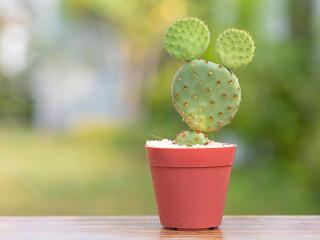
The Mickey Mouse cactus loves direct sun, and it’s actually hardy down to 20-25°F (-5°C). In warm regions, you can grow it outdoors, too. However, make sure the soil drains well: it hates moist soil. Here’s a quick planting tip: it needs a blend of garden dirt, sand, and soil mix.